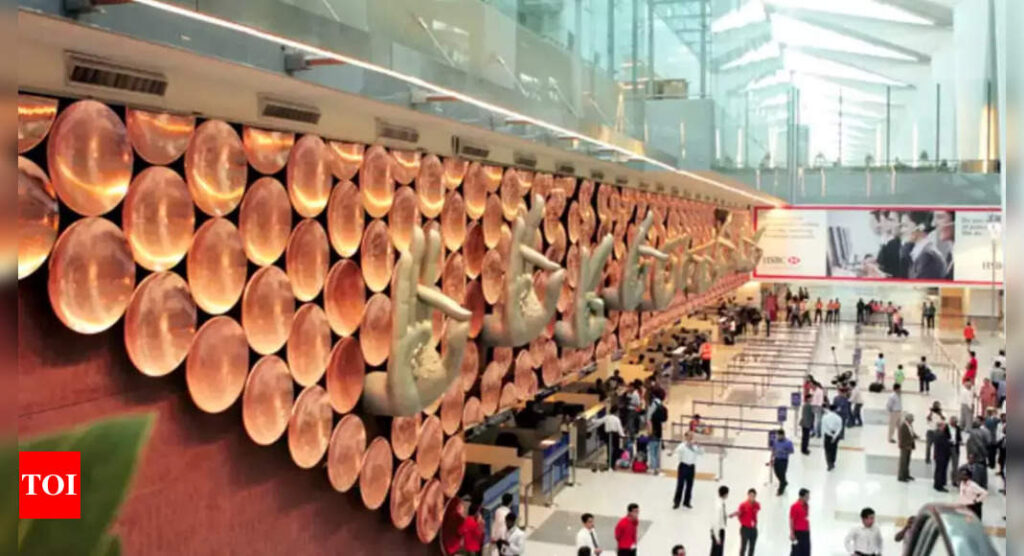[ad_1]
Transit hubs essentially serve as central points for aggregating passenger demand from a wide area and providing multiple direct flights to major cities around the world. Currently, a significant portion of Indian travelers bound for Europe and North America rely on foreign airlines and foreign hubs like Dubai, Abu Dhabi, and Doha. “This is a big leakage of revenue for airlines and airports and the Indian aviation ecosystem is not being able to take benefit of the growth in long-haul international traffic,” a government official was quoted as saying.
With Air India and IndiGo expanding their international traffic, the government is motivated to establish this comprehensive policy, the official said, adding that a unified policy will streamline collaboration among various ministries and facilitate the formulation of consistent rules.

Plans to develop India as transit hub
The official explained that security rules and immigration fall under the jurisdiction of the Ministry of Home Affairs, while international flight rights are overseen by the Ministry of External Affairs. The National Infrastructure Pipeline will handle infrastructure development. Thus, the need for a unified framework is essential.
Key components of an effective hub airport include a strategic location, strong airline presence, and efficient connections between international and domestic flights. With airlines like IndiGo and Air India establishing themselves as robust brands, the policy will target areas that are in need of improvement.
The policy’s focus areas include revising security regulations for faster flight connections, reducing immigration wait times, and enhancing airport terminal connectivity. Identified challenges to smooth airport connectivity include the need for double security checks when transitioning between domestic and international zones, mandating immigration only at the departure city, and addressing manpower shortages at immigration counters.
How Jewar airport can be a game-changer for investments: Noida-Greater Noida region emerges as hub
Currently, Delhi Airport is spread across three terminals and a plan is in motion to connect them via a train, eliminating the need for passengers to exit the airport and rely on buses for transfers.
The aim is to establish a transport model allowing passengers to transfer within the secured airport area, following the practice of hub airports with over 100 million passengers, the official told the financial daily. The government is working on the financial framework for this significant investment.
Videh Kumar Jaipuriar, CEO of Delhi Airport, stressed the airport’s strategic location for becoming a key regional transit hub. Kumar explained that the Delhi airport is strategically positioned for routes connecting North America and Europe to South East Asia or East Africa to North East Asia. However, other airports have attracted this traffic, due to their competitiveness, he said.
Creating a hub requires cooperation among airlines, airports, and government policies to ensure that the airport achieves its rightful status and airlines benefit financially by providing direct flights.
At the Delhi airport, efforts have begun to harmonize airport slots to facilitate alignment between IndiGo and Air India’s domestic and international networks. This coordination will enable passengers to make quick connections.
We’re collaborating with both airlines to establish slot banks for European and North American flights, ensuring sufficient domestic flights within two hours before the departure of their Europe and North America flights, Jaipuriar elaborated.
[ad_2]
Source link










More Stories
India’S Growth Forecast: S&P ups India’s FY’24 growth forecast to 6.4% on robust domestic momentum
India to remain fastest-growing major economy, but demand uneven: Poll
Jack Ma: Jack Ma gets back into business with ‘Ma’s Kitchen Food’